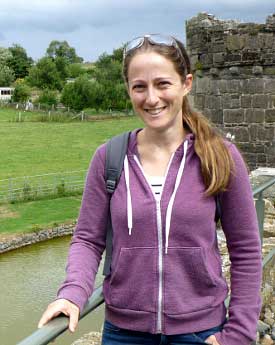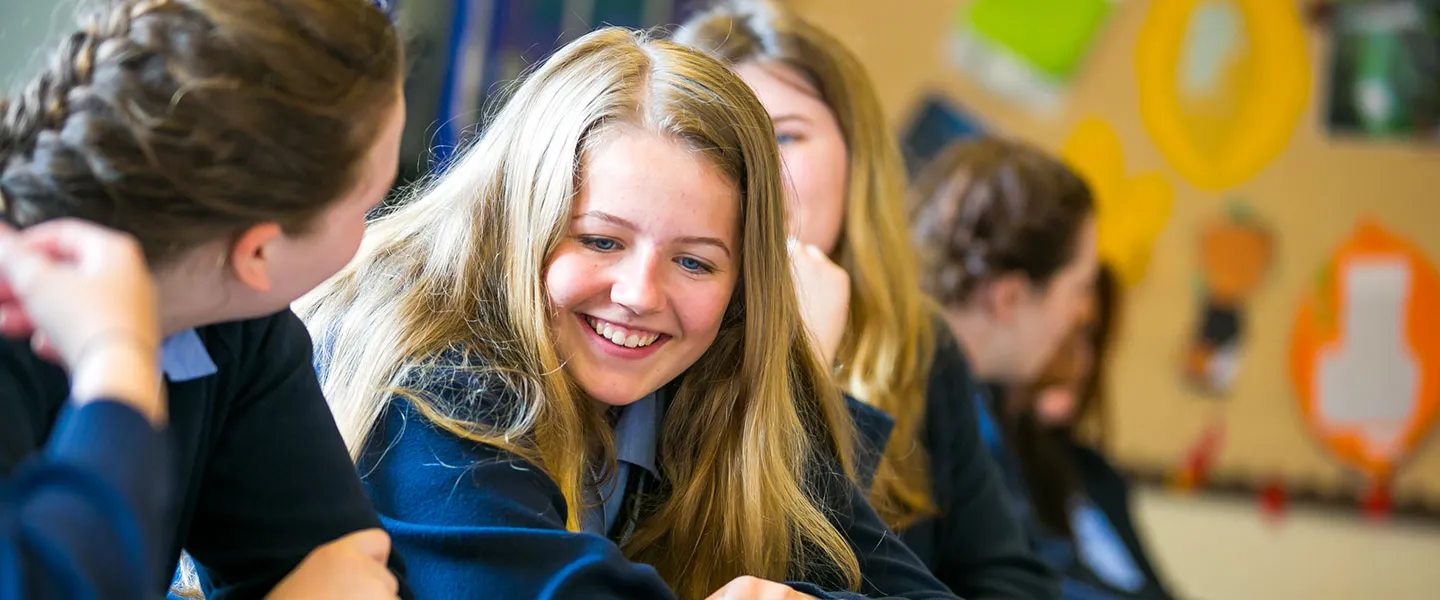An expert linguist lifted the curtain on the fascinating and highly specialised world of language research in the latest talk from the Queen's A* Academic Lecture Programme.
Dr Claire Nance showed how the latest ultrasound technology can be used to find out a huge amount more about how words and sounds are generated in the mouth and how such knowledge can be applied to a host of important real world situations.
"Technologies such as MRI scanning and ultrasound can be used to image the shapes formed by the soft tissues in our mouths as they form words," said Dr Nance, from Lancaster University's department of English Language and Linguistics.
"The technology I use is similar to that used in pregnancy scans and reveals details that it would be very difficult to capture otherwise."
Dr Nance showed videos of ultrasound captures of the mouth and throat as words and other sounds are formed.
The technology is now becoming important for gathering data on languages around the world abut also in new areas such as speech therapy and even in helping people to learn second languages.
"Having ultrasound images can help a child who has difficulty forming a particular speech sound to better understand what they have to do to fix the problem. It offers a template or model that is much easier to follow than just describing where to place your tongue or how to move your mouth."
Dr Nance has done research into multilingualism in Ghana and also on Scottish Gaelic in the Outer Hebrides.
Lancaster University is one of the UK's leading centres for language and linguistic research and has been rated as one of the top three institutions in the UK in this particular field.

